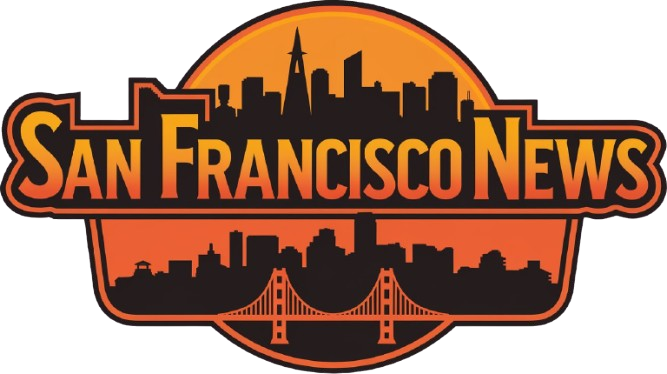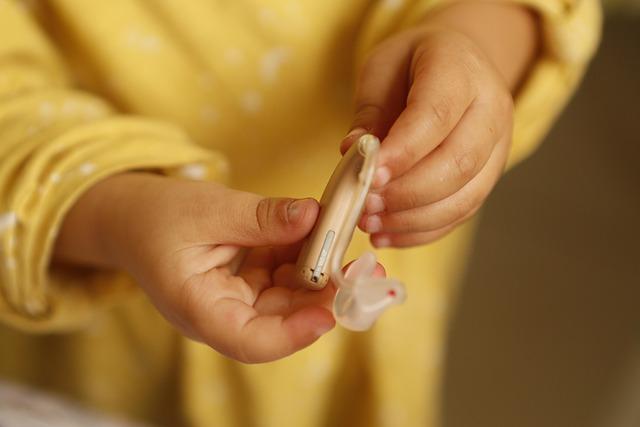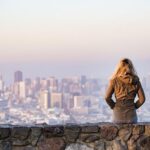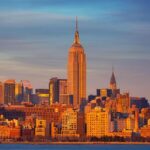San Francisco city officials have announced a new initiative to install a range of traffic calming devices across neighborhoods citywide. Aimed at enhancing pedestrian safety and reducing speeding, the project will introduce measures such as speed bumps, chicanes, and curb extensions on streets identified as high-risk zones. This move comes amid growing community calls for safer streets as the city grapples with increasing traffic congestion and pedestrian accidents. Implementation is expected to begin later this year, with the city prioritizing areas that have seen a rise in traffic-related incidents.
Traffic Calming Devices Target High-Incidence Areas to Enhance Pedestrian Safety
San Francisco is stepping up efforts to protect pedestrians by strategically placing traffic calming measures in neighborhoods with the highest rates of vehicle-pedestrian incidents. These interventions, including speed bumps, curb extensions, and raised crosswalks, aim to reduce vehicle speeds and improve driver awareness in critical zones. Local authorities collaborated with safety experts and community members to ensure these devices address the unique challenges faced by each area, targeting school zones, busy shopping districts, and intersections notorious for accidents.
Key locations for installation have been identified based on recent traffic data and pedestrian safety reports. The city has prioritized spots where pedestrian activity is dense and collision history is most alarming. The following table highlights three primary neighborhoods set to receive the initial phase of traffic calming installations:
| Neighborhood | Common Measures | Focus Area |
|---|---|---|
| Mission District | Raised Crosswalks, Speed Cushions | Busy shopping corridors |
| Sunset District | Curb Extensions, Chicanes | School zones |
| Tenderloin | Traffic Circles, Speed Humps | High foot traffic intersections |
This targeted approach is expected to not only curb speeding but also foster safer street environments by encouraging drivers to remain vigilant
San Francisco is implementing targeted traffic calming measures in neighborhoods with high vehicle-pedestrian incidents to improve pedestrian safety. The key interventions include speed bumps, curb extensions, raised crosswalks, speed cushions, chicanes, traffic circles, and speed humps. These are being installed based on traffic and safety data in areas with dense pedestrian activity and frequent collisions, focusing on specific types of locations such as school zones, busy shopping corridors, and high foot traffic intersections.
The initial phase targets three primary neighborhoods:
| Neighborhood | Common Measures | Focus Area |
|---|---|---|
| Mission District | Raised Crosswalks, Speed Cushions | Busy shopping corridors |
| Sunset District | Curb Extensions, Chicanes | School zones |
| Tenderloin | Traffic Circles, Speed Humps | High foot traffic intersections |
This approach aims to reduce vehicle speeds and enhance driver awareness, creating safer streets for pedestrians.
Community Feedback Shapes Selection and Placement of New Traffic Measures
San Francisco’s latest initiative to enhance road safety underscores the vital role of residents’ voices in the decision-making process. City officials engaged with numerous neighborhood groups through public meetings, surveys, and online forums to pinpoint areas most in need of traffic calming. The data collected highlighted specific streets where speeding and frequent pedestrian crossings raised safety concerns, enabling the city to prioritize installations that directly respond to community needs. This collaborative approach ensures that interventions are not only effective but also embraced by those who live and travel in the affected zones.
Key factors influencing device placement included:
- Resident reports of near-miss incidents and speeding
- Traffic volume and peak hour congestion data
- Proximity to schools, parks, and senior centers
- Availability of alternative routes to maintain traffic flow
| Neighborhood | Type of Device | Community Concern |
|---|---|---|
| Sunset District | Speed Cushions | Frequent speeding near schools |
| Mission District | Raised Crosswalks | High pedestrian traffic, especially children |
| Bayview | Chicanes | Long straightaways encouraging fast driving |
Experts Recommend Expanded Use of Speed Cushions and Raised Crosswalks Throughout the City
City traffic engineers and safety experts have emphasized the urgent need to broaden the deployment of speed cushions and raised crosswalks, aiming to reduce accidents and enhance pedestrian safety. These devices, strategically placed in high-traffic neighborhoods and school zones, act as natural speed regulators by encouraging drivers to slow down without impeding emergency vehicles. Studies from recent pilot programs have demonstrated notable decreases in vehicle speeds and a significant reduction in collision rates, making a strong case for their widespread integration.
The proposed expansion will focus on areas with dense foot traffic and vulnerable populations, including seniors and children. Key benefits highlighted by experts include:
- Smoother pedestrian crossings that increase visibility and driver awareness
- Reduced vehicular speed variance, leading to fewer severe accidents
- Cost-effective and minimally disruptive installation compared to full-scale road redesign
| Device Type | Primary Benefit | Preferred Location |
|---|---|---|
| Speed Cushions | Slow vehicles, emergency friendly | Residential streets, near schools |
| Raised Crosswalks | Improve pedestrian visibility | Commercial districts, parks |
To Conclude
As San Francisco moves forward with the installation of traffic calming devices across the city, officials emphasize that the initiative aims to enhance safety for pedestrians, cyclists, and drivers alike. While some residents have expressed concerns about potential delays, the city insists that these measures are essential steps toward reducing accidents and fostering more livable neighborhoods. Implementation is expected to roll out over the coming months, with ongoing monitoring to assess effectiveness and community impact. Stay tuned for further updates as San Francisco takes strides to slow down traffic and prioritize public safety on its streets.







